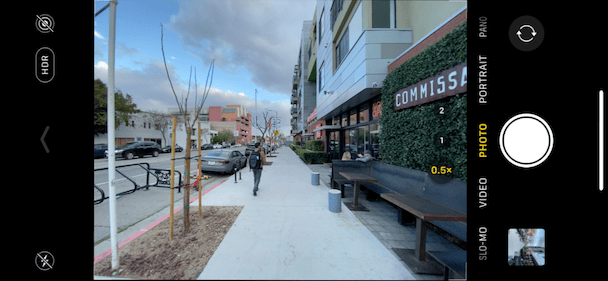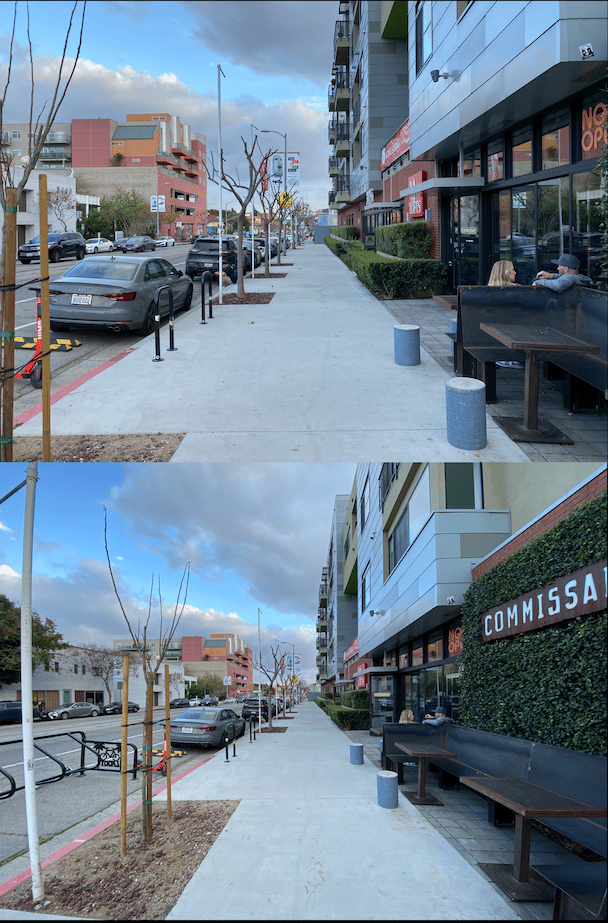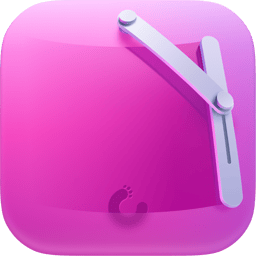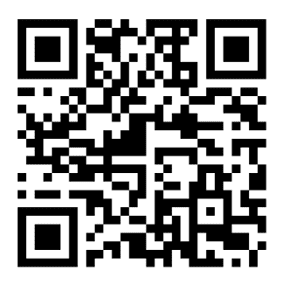One of the most exciting new features of the entire iPhone 11 lineup is the ultra-wide lens on the rear camera. Older models already featured standard wide-angle lenses — and the larger “Plus” and “Max” iPhones also included telephoto lenses — so you might be wondering what’s so special about having an ultra-wide lens. Read on, as this article explains what it is, when you’d want to take a wide-angle picture, and why a built-in Ultra Wide lens is better than a clip-on attachment.
How does iPhone’s Ultra Wide camera work?
The Ultra Wide camera on iPhone is a physically separate lens. On iPhone 11, you’ll notice two lenses on the rear camera, and on the Pro and Pro Max, you’ll see three. When you switch to the Ultra Wide camera, it gives you an obviously wider picture, meaning you’re able to capture almost twice as much in your photos as you would with the standard wide-angle lens.
How to use the Ultra Wide camera on iPhone 11
If you’ve already used an older iPhone with two lenses, then using the Ultra Wide camera should feel very familiar to you. It couldn’t be easier to take an ultra-wide picture:
- Open the Camera app.
- Tap the 0.5x button.
- Tap the shutter button.

Thankfully, if you feel like your picture is too wide, you can zoom in a little bit; you’re not locked into the two sizes of 0.5x and 1x. To adjust how far you’re zoomed out in the Camera app:
- Tap and hold the 1x button.
- When the dial appears, move your finger left and right to adjust until you like the angle of your picture.
Taking wide-angle photos with iPhone 11
There are a lot of great reasons to use the Ultra Wide camera on iPhone 11, but it does come with some limitations. And while it’s tempting to take all your pictures with the ultra-wide lens, you should only use it when you have a reason.
What can you shoot with the Ultra Wide camera?
While using iPhone 11’s Ultra Wide camera is great in situations when you can’t physically step back from your subject, it won’t magically make your photos look better. Shooting with the ultra-wide-angle lens can make the edges of your picture look like they’re bent or distorted. It can also elongate your subjects.

While this isn’t a hard and fast rule, some things that look great when shot with the Ultra Wide camera are:
- Landscapes
- Subjects that are a fair distance away
- Larger rooms that you want to look bigger
Obviously, you should experiment with the camera and see what you like the best, but some things that might look odd if you capture them with the ultra-wide lens include:
- Portraits of people
- Small crowded rooms
- Straight lines that run from edge to edge
iPhone 11 Ultra Wide camera vs. a clip-on wide-angle lens
One of the best things about iPhone 11’s Ultra Wide camera is that it’s built into the phone and doesn’t require an attachment. That means you don’t need to carry around any additional pieces to get the shot you want. Other than that, however, an external lens will generally produce a better image.
Part of the reason a clip-on lens can get you a better picture is that it uses the iPhone 11’s standard, wide-angle lens, which has a better sensor and can shoot photos in RAW. That means you’re getting a higher-quality picture than you would be if you were using the Ultra Wide camera. So, in short, a clip-on lens gives you all the benefits of an ultra-wide lens, while still maintaining the quality and clarity of the default camera.
When using a clip-on lens, it’s incredibly important to make sure you attach it properly. Not doing so can cause your pictures to have a dark edge around them or to appear blurry and out of focus.
The Ultra Wide camera is a great tool to keep in your arsenal for mobile photography. It can help you capture absolutely stunning landscapes and can help make environments feel bigger than they are in reality. To get the best picture, however, you have to know when to use the Ultra Wide camera. And sometimes, the only way to know if you should take an ultra-wide picture is to turn it on and see how you like the frame.








